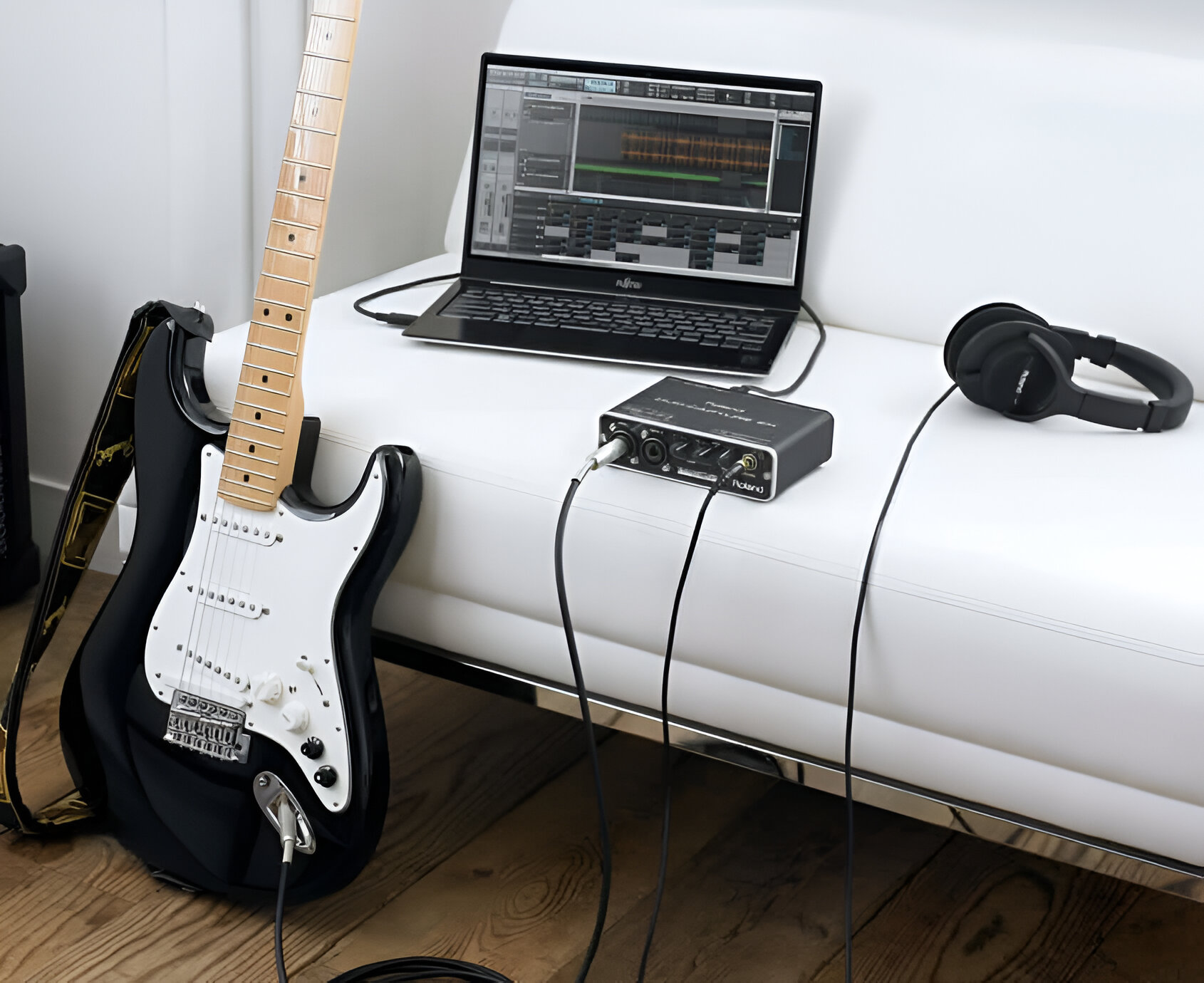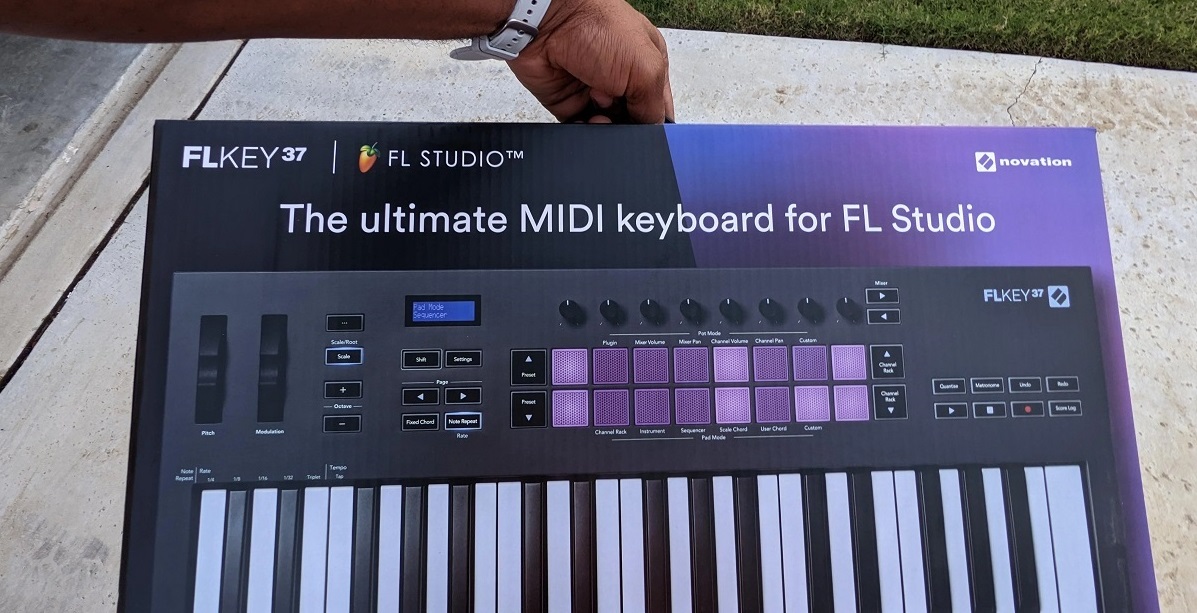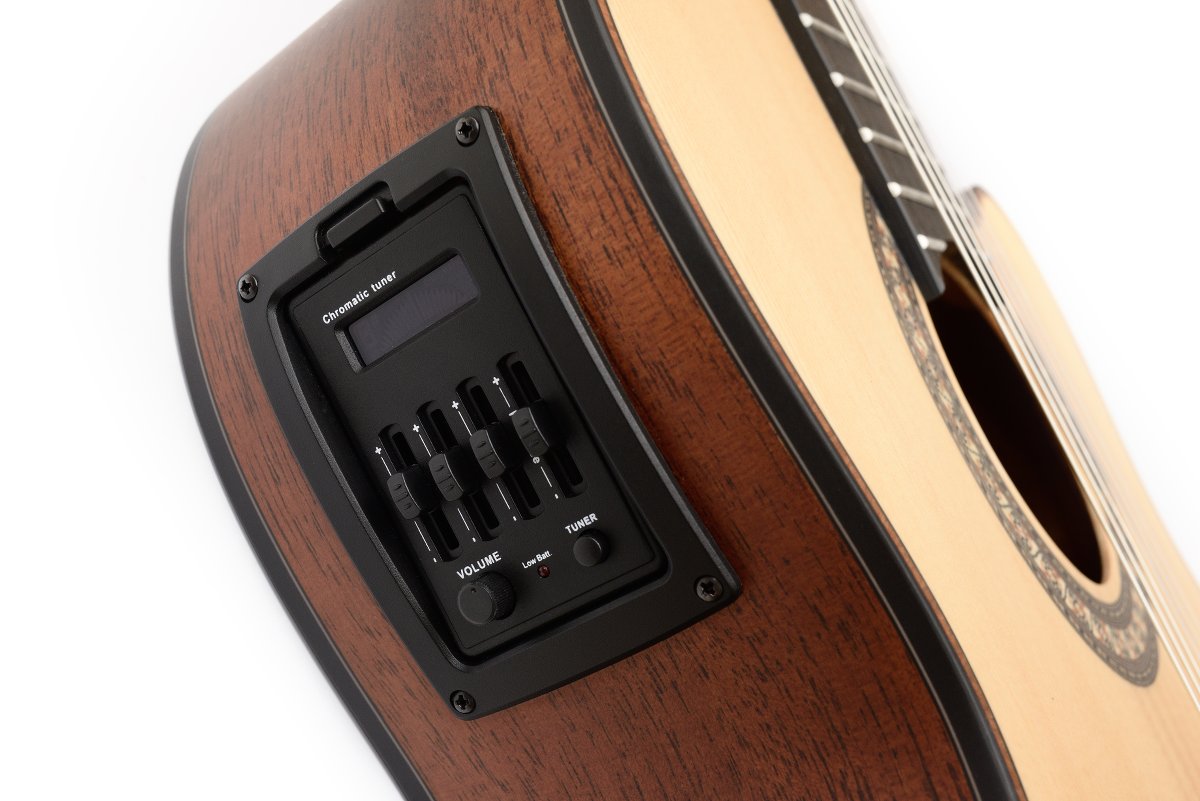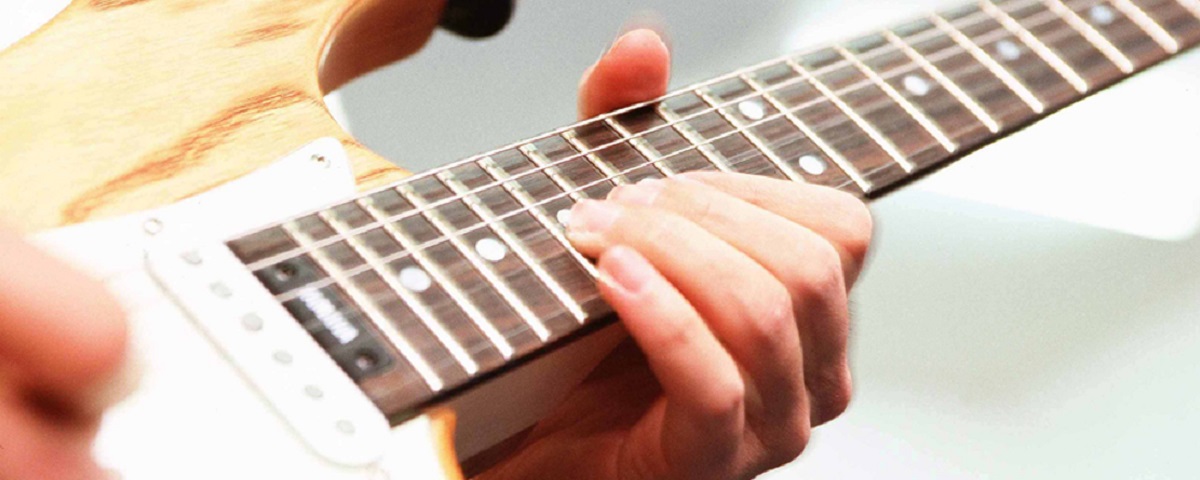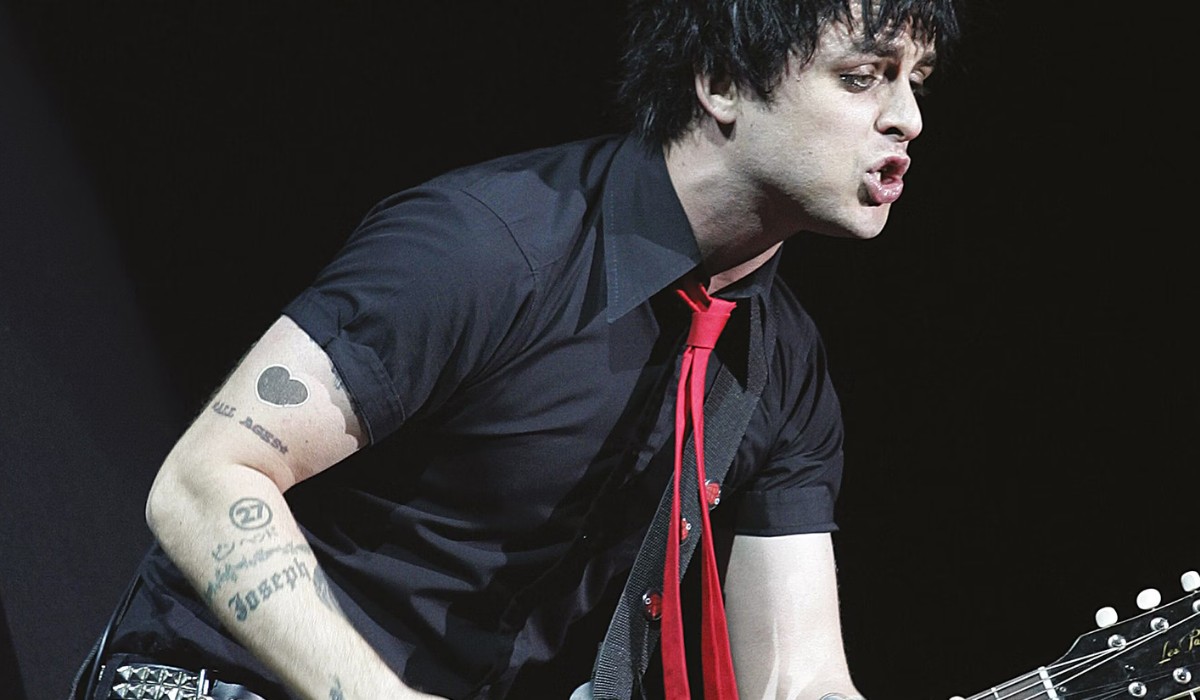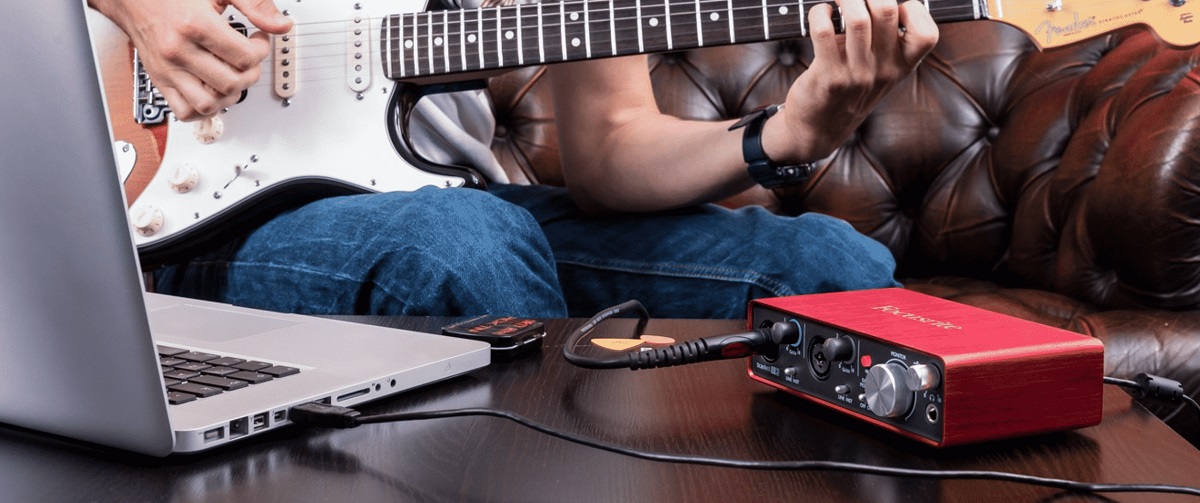Introduction
So, you've got an electric guitar and you're ready to rock out in FL Studio. Whether you're a seasoned guitarist or just starting out, recording and strumming your electric guitar in FL Studio can be a game-changer for your music production. With the right setup and a few tips and tricks, you can achieve professional-sounding guitar tracks right from the comfort of your own home studio.
In this guide, we'll walk you through the essential steps to get your electric guitar strumming in FL Studio. From setting up your electric guitar and configuring FL Studio for recording to choosing the right amp and effects, recording and editing your guitar track, and finally, tips for achieving the perfect strumming sound, we've got you covered.
By the end of this guide, you'll have the knowledge and tools to create captivating electric guitar tracks that will elevate your music production to new heights. So, grab your guitar, fire up FL Studio, and let's dive into the world of strumming electric guitar in FL Studio.
Setting Up Your Electric Guitar
Before you can start strumming your electric guitar in FL Studio, it’s crucial to ensure that your guitar is properly set up for recording. Here’s a step-by-step guide to getting your electric guitar ready for the recording process:
- Tune Your Guitar: Begin by tuning your electric guitar using a reliable electronic tuner or a tuning app. Proper tuning is essential for achieving a clean and accurate sound when recording in FL Studio.
- Check Your Guitar’s Intonation: Verify that your guitar’s intonation is set correctly. This ensures that each note rings true and in tune across the entire fretboard.
- Inspect Your Cables and Connections: Examine your instrument cable and ensure that it’s in good condition. Additionally, check the input jack on your guitar to guarantee a secure connection.
- Adjust Your Pickup Selector and Tone Knobs: Experiment with your guitar’s pickup selector and tone knobs to find the optimal settings for your desired sound. Different pickup configurations and tone adjustments can significantly impact the recorded tone.
- Position Your Guitar Near Your Recording Setup: Place your guitar stand or holder near your recording setup to minimize any potential cable tangles or obstructions during the recording process.
By following these steps, you’ll ensure that your electric guitar is primed and ready to deliver stellar performances in FL Studio. With your guitar set up and ready to go, you’re one step closer to strumming your way to captivating guitar tracks in your music productions.
Configuring FL Studio for Recording
Now that your electric guitar is prepped and ready, it’s time to configure FL Studio for recording your strumming sessions. Follow these essential steps to set up FL Studio for seamless guitar recording:
- Selecting the Audio Interface: Ensure that your audio interface is properly connected to your computer and recognized by FL Studio. Navigate to FL Studio’s audio settings and select your audio interface as the input device for recording.
- Setting Up Input Channels: Assign the input channels on your audio interface to correspond with the input where your electric guitar is connected. This step ensures that FL Studio receives the signal from your guitar for recording.
- Adjusting Buffer Size: Fine-tune the buffer size in FL Studio’s audio settings to achieve low-latency recording. Lower buffer sizes reduce the delay between playing a note on your guitar and hearing it through your speakers or headphones.
- Enabling Monitoring: Activate the monitoring feature in FL Studio to hear your guitar’s signal in real-time while recording. This allows you to monitor your performance and adjust settings as needed during the recording process.
- Configuring Recording Preferences: Set your recording preferences in FL Studio, including the file format, sample rate, and bit depth. These settings determine the quality and format of your recorded guitar tracks.
By configuring FL Studio according to these guidelines, you’ll create an optimal environment for capturing the nuances of your strumming techniques with precision and clarity. With FL Studio primed for recording, you’re ready to unleash your creativity and bring your electric guitar melodies to life in your music projects.
Choosing the Right Amp and Effects
When it comes to capturing the perfect strumming sound of your electric guitar in FL Studio, selecting the right amp and effects is pivotal in shaping the tone and character of your recordings. Here’s how to make informed choices for your amp and effects:
- Virtual Amp Simulation: FL Studio offers a range of virtual amp simulators that replicate the sound and response of classic guitar amplifiers. Explore these options to find an amp model that complements the style and genre of your music.
- Effect Pedals and Processors: Experiment with virtual effect pedals and processors within FL Studio to enhance your guitar’s tone. From distortion and overdrive to modulation and reverb, these effects can add depth and texture to your strumming performances.
- Cabinet Simulation: Consider utilizing cabinet simulation plugins to emulate the sound of different speaker cabinets and microphone placements. This can significantly influence the overall tonal characteristics of your guitar recordings.
- Customizing Signal Chain: Tailor your signal chain by arranging the virtual amp, effects, and cabinet simulation in a sequence that best suits your desired sound. This customization allows you to sculpt your guitar tone with precision.
- Exploring Presets and Settings: Take advantage of FL Studio’s amp and effects presets as starting points for your sound exploration. Tweak the settings to match your preferences and experiment with different combinations to uncover unique sonic possibilities.
By carefully selecting the appropriate amp models and effects, you’ll have the tools to craft rich and dynamic guitar tones that elevate your strumming performances to new heights. With the right sonic elements in place, your electric guitar recordings in FL Studio will resonate with depth and expressiveness, enhancing the overall impact of your music productions.
Recording and Editing Your Guitar Track
With your electric guitar prepared and FL Studio configured, it’s time to dive into the recording and editing process to capture compelling strumming performances. Follow these steps to effectively record and refine your guitar tracks:
- Setting Recording Levels: Adjust the input levels in FL Studio to ensure that your guitar’s signal is neither too low nor clipping. Aim for a healthy signal level that captures the nuances of your playing without distortion.
- Utilizing Metronome and Count-In: Activate the metronome and count-in features in FL Studio to maintain rhythmic precision during recording. This ensures that your strumming aligns seamlessly with the project’s tempo.
- Multi-Take Recording: Consider recording multiple takes of your strumming performance to capture different nuances and variations. This approach provides flexibility during the editing phase, allowing you to select the best takes for your final composition.
- Editing and Comping Takes: Review and compare the recorded takes, then utilize FL Studio’s editing tools to comp together the strongest sections from each take into a cohesive performance. This technique enables you to create a polished and expressive composite take.
- Quantization and Timing Adjustments: Fine-tune the timing of your recorded guitar parts using FL Studio’s quantization and time-stretching capabilities. This refinement ensures that your strumming remains impeccably in sync with the project’s rhythm.
- Applying Dynamic Processing: Implement dynamic processing techniques such as compression and EQ to sculpt the tonal characteristics and dynamics of your guitar track. This step enhances the overall impact and clarity of your strumming performances.
By embracing these recording and editing techniques, you’ll harness the full potential of FL Studio to capture and refine the essence of your electric guitar strumming. With precision and creativity, you can shape your guitar tracks into captivating elements that seamlessly integrate with your music productions.
Tips for Achieving the Perfect Strumming Sound
Mastering the art of strumming on the electric guitar in FL Studio requires attention to detail and a keen understanding of sound shaping. Consider the following tips to refine your strumming sound and elevate the quality of your guitar recordings:
- Focus on Dynamic Control: Vary the intensity of your strumming to create dynamic contrast within your performances. Experiment with gentle, nuanced strums alongside more assertive strokes to infuse your playing with expressive dynamics.
- Explore Picking Techniques: Incorporate alternate picking, palm muting, and fingerstyle techniques into your strumming patterns to diversify the tonal textures and rhythmic feel of your guitar performances.
- Experiment with Amp Settings: Tweak the virtual amp settings within FL Studio to discover tonal nuances that complement your strumming style. Adjusting parameters such as gain, tone, and presence can significantly impact the character of your guitar sound.
- Layering Multiple Guitar Tracks: Consider layering multiple guitar tracks with varying tones and effects to enrich the depth and dimension of your strumming arrangements. This approach can yield a lush and immersive sonic landscape.
- Embrace Spatial Effects: Incorporate spatial effects such as reverb and delay to add spatial depth and ambiance to your strumming performances. Carefully dialing in these effects can imbue your guitar recordings with a captivating sense of space and atmosphere.
- Refine Your EQ and Tone Shaping: Use EQ to sculpt the frequency response of your guitar tracks, emphasizing the desired tonal characteristics while attenuating any unwanted frequencies. Additionally, explore tone shaping tools to further refine the sonic profile of your strumming.
By integrating these tips into your approach to strumming on the electric guitar in FL Studio, you’ll unlock a world of creative possibilities and refine the sonic intricacies of your guitar recordings. With dedication and experimentation, you’ll craft strumming performances that resonate with depth, emotion, and musicality, enriching your compositions with compelling guitar textures.









